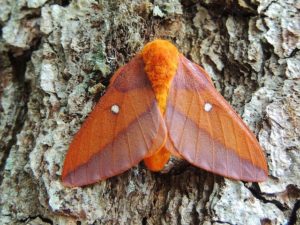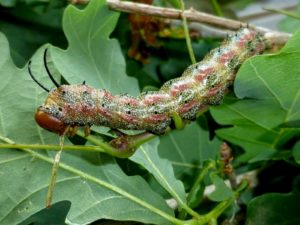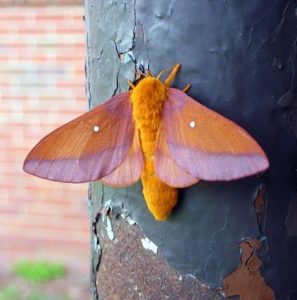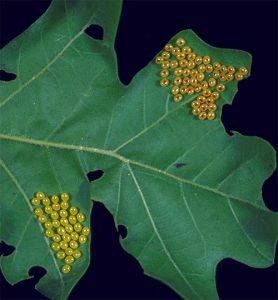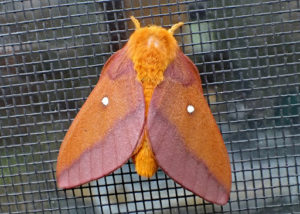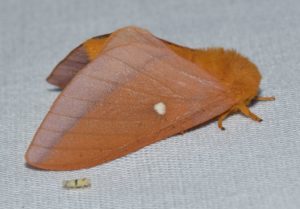Pink-striped Oakworm Moth (Anisota virginiensis)
The pink-striped oakworm moth is a saturniid moth found in North America. British entomologist Dru Drury first described this species in 1773.
objects.liquidweb.services
Scientific Classification
- Family: Saturniidae
- Genus: Anisota
- Scientific Name: Anisota virginiensis
Description and Identification
Caterpillar
Larvae are a greenish-brown or gray covered in rosy or brownish yellow stripes, resulting in its name. There are long, pink stripes stretching from head to rear, which give it its name. Each segments have scales, while the mesothorax have two long spines, running across.
Pupa
After maturing, the larvae overwinter in the soil, and pupates for a short span of time.
Adult Moth
Sexual Dimorphism: Present. Females appear larger than males, and both also have visible physical differences.
Males have a translucent patch, which females lack and are slightly darker than their counterparts. Females are attracted to lights at night, while the males are diurnal.
Color and Appearance: When the wings are opened, they are different shades of purple. White spots can be seen on both wings. When the wings are closed, the spots remain visible.
Average wingspan: 4.2-6.6 cm
Flight pattern: Erratic
Season: May-September
Quick Facts
| Distribution | Canada and the United States |
| Habitat | Deciduous woods |
| Lifespan of Adults | About a month |
| Host Plants | Different types of oaks |
| Adult Diet | Does not feed |
Scientific Classification
- Family: Saturniidae
- Genus: Anisota
- Scientific Name: Anisota virginiensis

